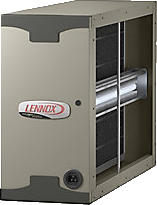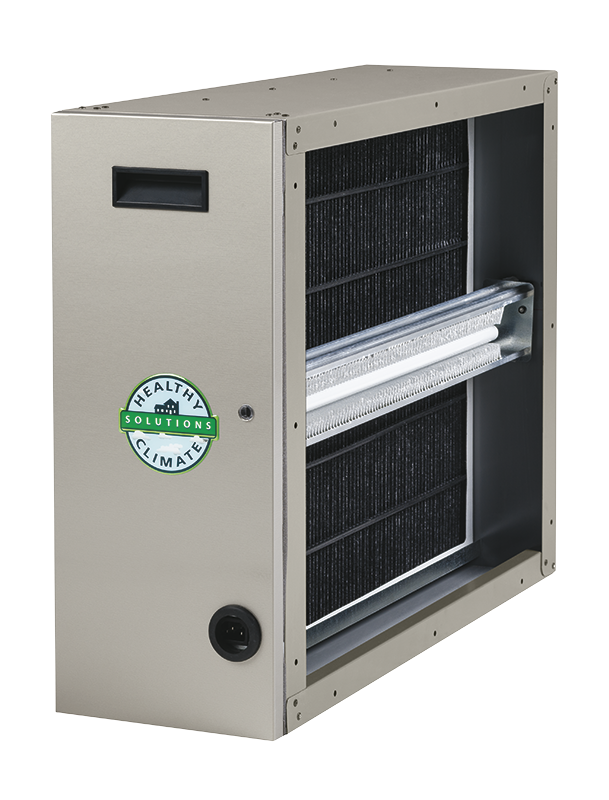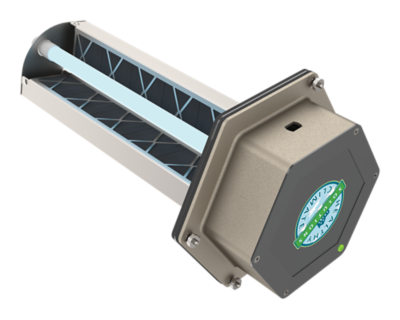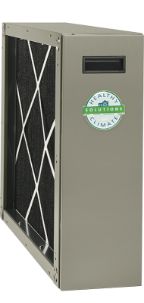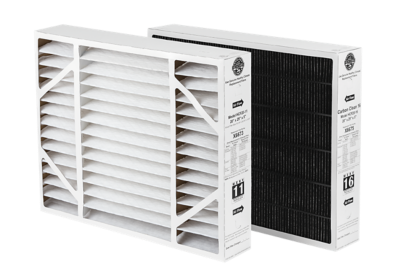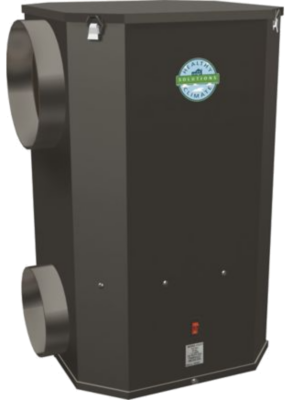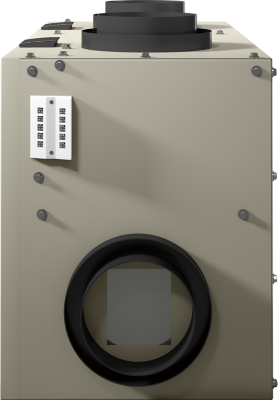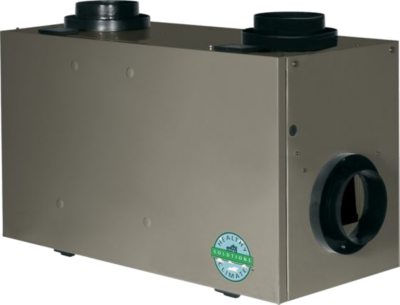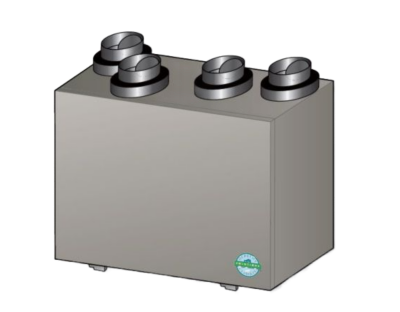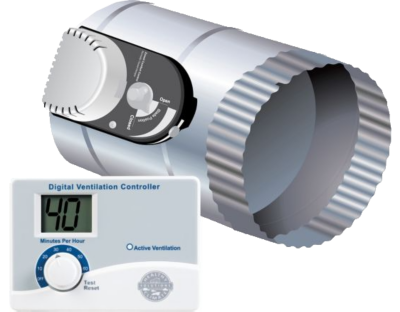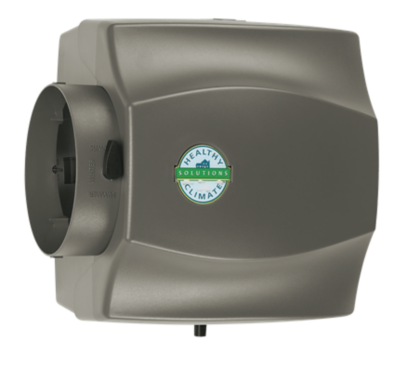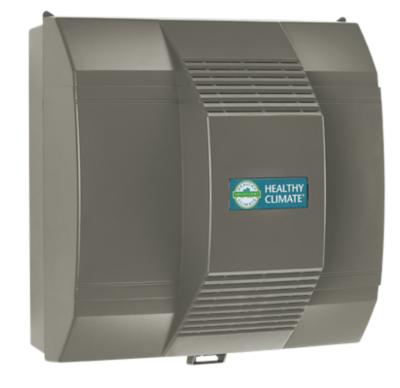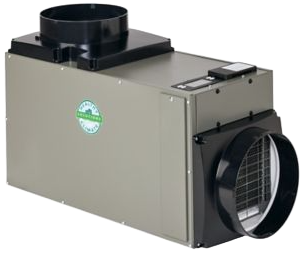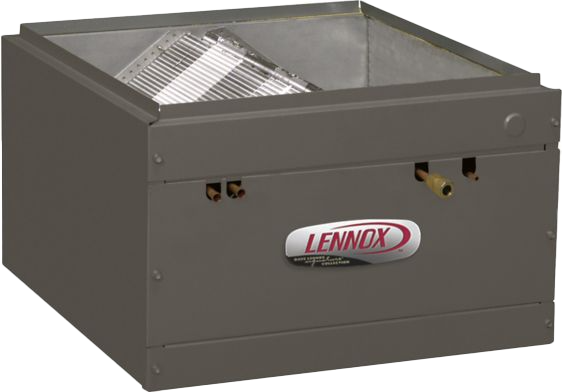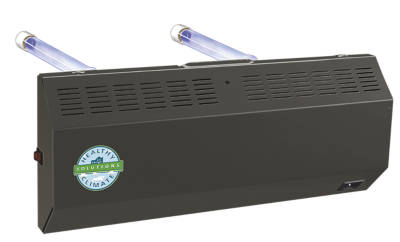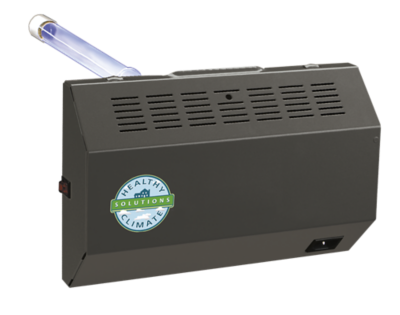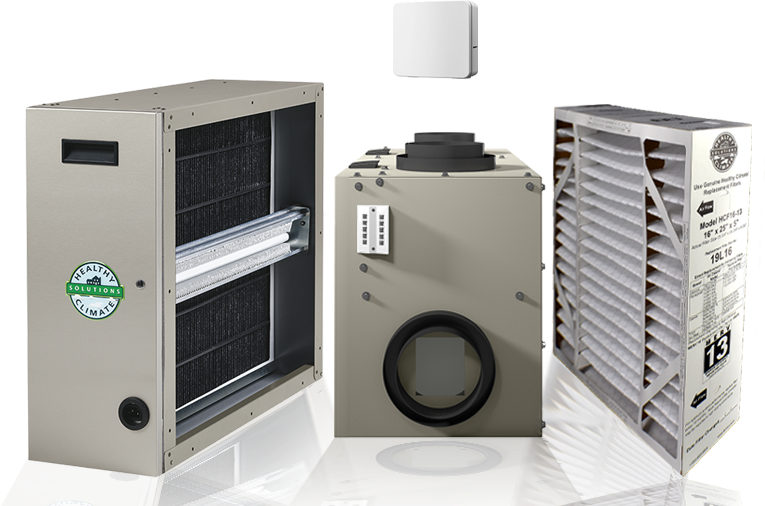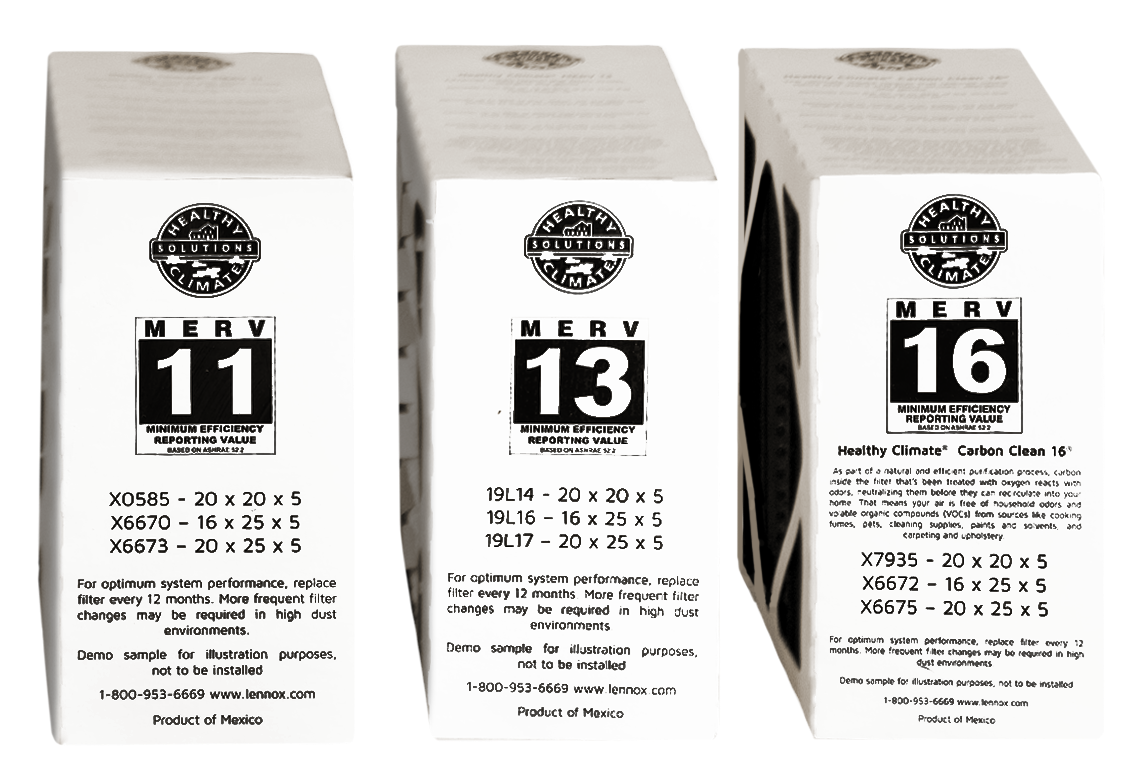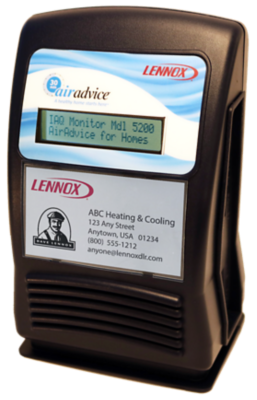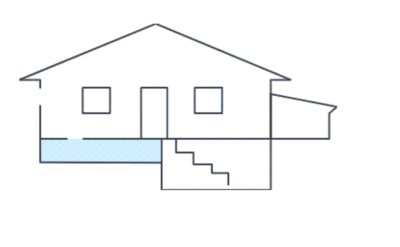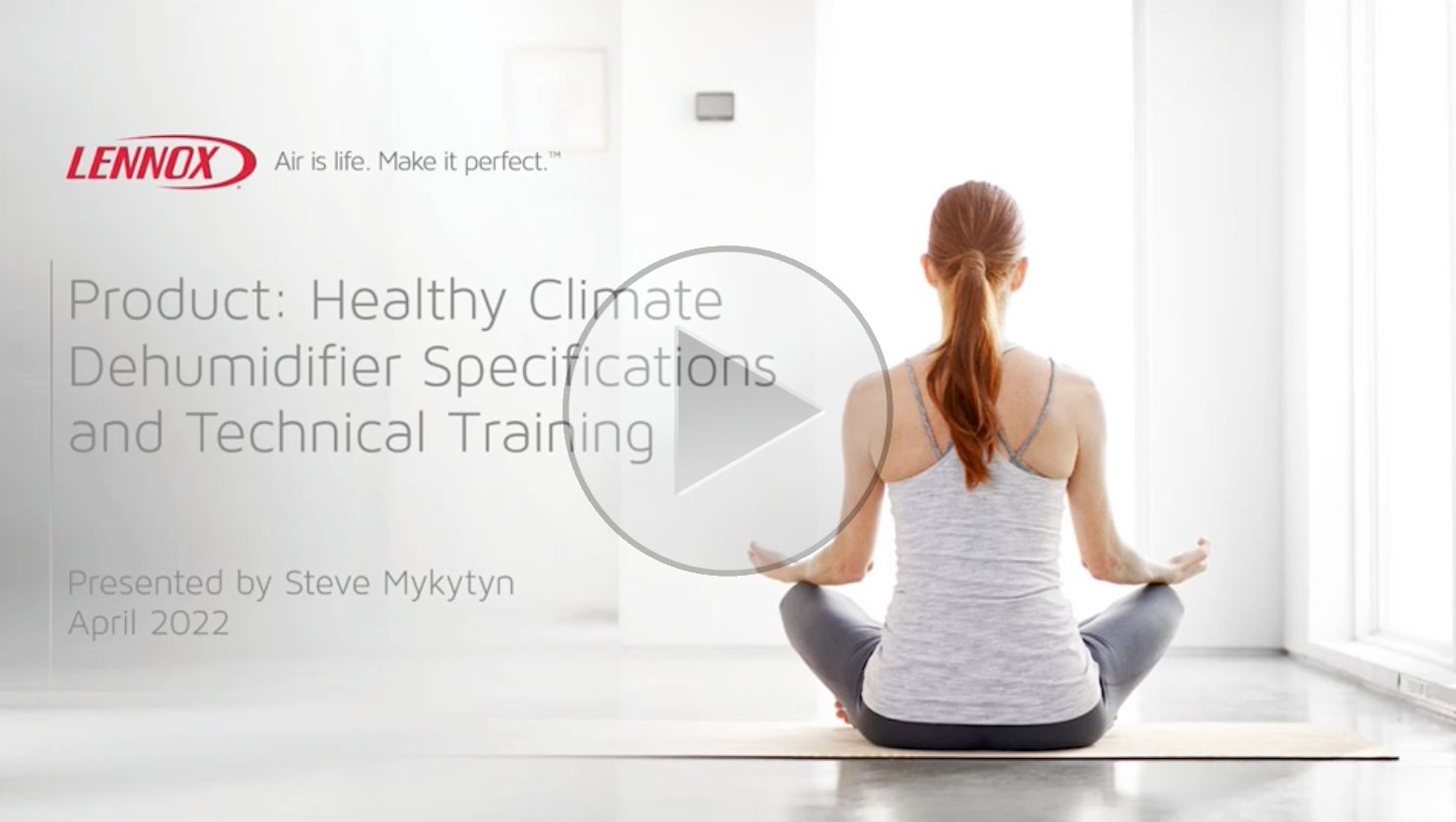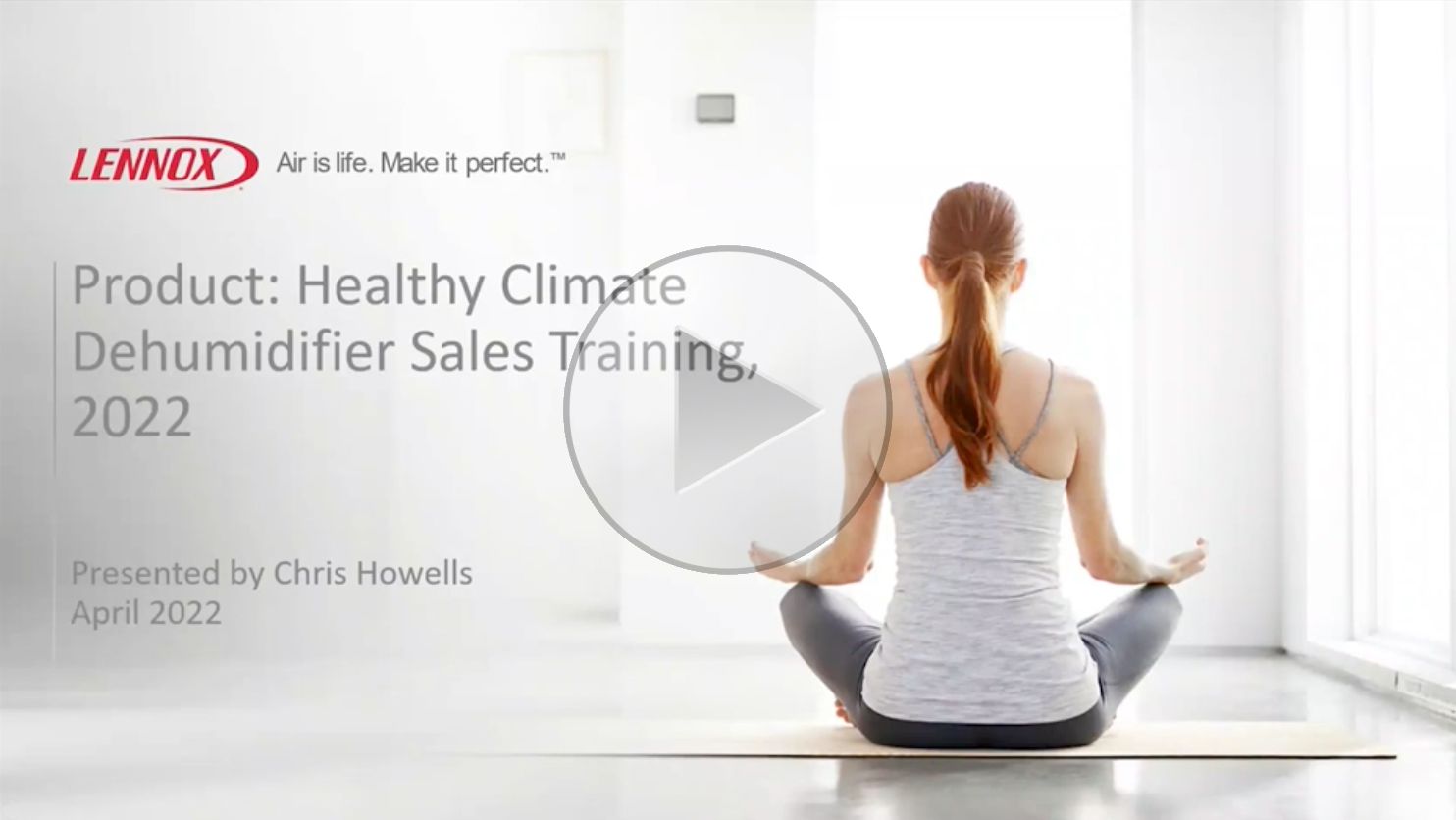
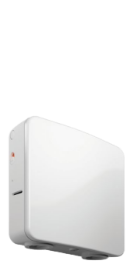
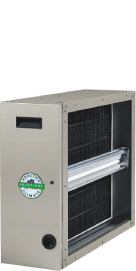
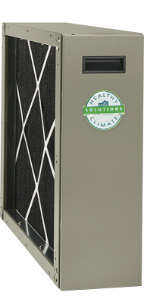
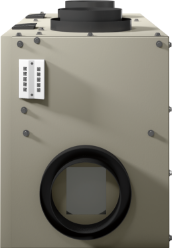
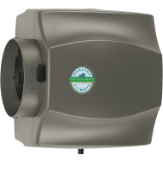
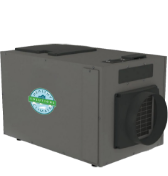
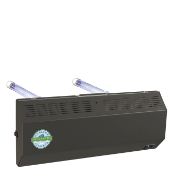
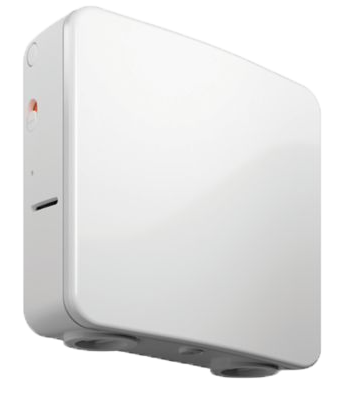
Monitoring
When an HVAC system is paired with a monitor it can more effectively address poor air quality. Monitors are designed to identify and track particles, carbon dioxide, and volatile organic compounds (TVOC’s) inside the home. When poor quality air is detected, monitors like the Lennox Smart Air Quality Monitor can trigger the HVAC system to cycle and clean the air, providing healthy, perfect air.
IAQ Market Trends
Demand for Healthier Air is Growing
Homeowners are willing to spend an average of $800 on Indoor Air Quality (IAQ), a 25% increase from 2019.* HVAC systems are intertwined with IAQ as they address temperature control, outdoor air ventilation, filtration, pressurization, and moisture control, allowing you to earn profits by adding Lennox Healthy Climate™ IAQ accessories to every install.
Homeowner IAQ Trends
- 57% of homeowners rate IAQ just as important as energy efficiency
- 57% of customers want to learn more about IAQ
- 46% of homeowners want whole home solutions
American Home Comfort Study 2022 by Decision Analyst
A Closer Look at Lennox IAQ Demo Units
Demonstrate to homeowners how Lennox IAQ products can make air healthier and cleaner. Lennox offers demo units that show smoke filtration and the difference in air flow restriction between filters. Create value with your customers by showcasing these demo units during trainings, homeowner education events, or use as a showroom asset.
Smoke Demo
The Healthy Climate IAQ PureAir Smoke Demo Unit will show how the PureAir works by filtering invisible and microscopic pollutants out of the air, shown visually by removing smoke outside of the chamber. Replacement filter and UV light, and matchsticks are also available.
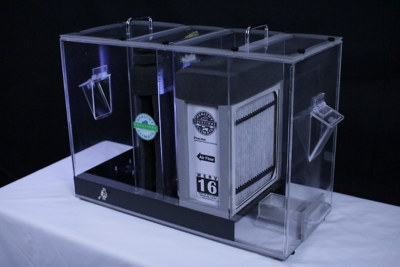
Air flow restriction Demo
The Healthy Climate IAQ Pressure Drop Filter Demo Unit shows the difference in pressure drop between Lennox Healthy Climate filters versus competitors. Replacement filters are also available.
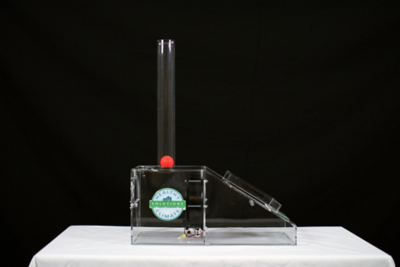
Indoor Air Quality Sales Strategy
For
instant
sales
on first
visit
- Explain the benefits of planned maintenance
- Add IAQ products onto existing HVAC units such as UV lamps and thermostats
For
IAQ leads
for the
comfort
advisor
- Understand homeowner needs of HRV/ERVs, advanced filtration, and humidity control
For
ongoing
marketing
- Run specials during slow times
- Implement targeted marketing for IAQ products

Get the Conversation Started with Homeowners
13 Indoor Air Quality questions to ask on every call
1. Do you have rooms too difficult to heat and cool?
2. Do you have uneven temperatures throughout the home?
3. Are there rooms that are too hot or too cold?
4. Does your home become uncomfortably warm before the air-conditioning system turns on?
5. Does the home become uncomfortably cold before the heating system turns on?
6. Is there excessive dust in the home?
7. Anyone in the home suffer from allergy, hay fever or asthma symptoms?
8. Does your home feel muggy and clammy on warm humid days?
9. Does the home feel dry and drafty on cold winter days and nights?
10. Are you experiencing high fuel or electricity bills?
11. Does the indoor or outdoor unit have excessive noise?
12. Have you noticed dirt or condensation around registers grills?
13. Do cooking odors linger in the home?

Sales and Technical Training
Learn more about our Lennox and Healthy Climate products by taking the sales and technical training courses on Lennox Learning Solutions.
IAQ Training
1 Removal efficiency based on third party testing results using MS-2 bacteriophage (ATCC 15597-B1).
Bacteria representative of virus-sized particles like SARS-CoV-2, the virus that causes COVID-19. November
2020.
2 When used properly with other best practices recommended by CDC and others, filtration can be part of a
plan to reduce the potential for airborne transmission of COVID-19 indoors.
3 Not intended for actual hospital use. Based on Application Guidelines, Table 1, ASHRAE Application
Handbook, 2011.
4 Based on ozone removal testing conducted by third party testing results. May 2018.
5 Based on competitive benchmarking of MERV 16 filters, Healthy Climate® filters have the lowest air flow
restriction. Greater restriction of air flow creates a greater load on an HVAC unit’s fan motor,
increasing energy consumption.
